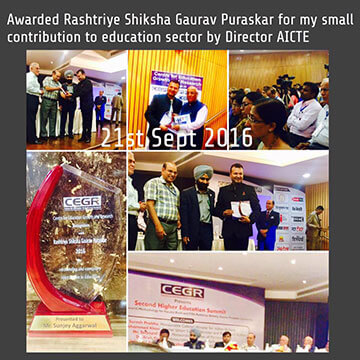1. Comprehensive Curriculum: The program should offer a well-rounded curriculum that covers essential topics in product design and photography, including design principles, materials, CAD modeling, visual communication, and various photography techniques.
2. Professional Software and Tools: Access to industry-standard software and equipment, such as Adobe Creative Suite, CAD software, professional cameras, and studio lighting equipment.
3. Experienced Faculty: Instructors with relevant industry experience who can guide students and offer insights into the field.
4. Guest Lectures and Workshops: Regular guest lectures and workshops by professionals in the field to provide industry insights and networking opportunities.
5. Portfolio Development: Emphasis on building a professional portfolio that showcases a student’s best design and photography work. This is a crucial asset for future job applications.
6. Critique and Feedback: Regular critique sessions where students receive feedback on their work, helping them refine their skills and approaches.
7. Career Guidance: Assistance in career planning, job search strategies, and guidance on starting a freelance career or business.
8. Ethical and Sustainable Design Practices: A focus on ethical and sustainable design principles to instill responsible design values.
9. Collaborative Projects: Opportunities to work in multidisciplinary teams to simulate real work environments and enhance collaboration skills.
10. Specialization Options: The flexibility for students to explore specific areas of interest, whether in product design (e.g., industrial, automotive, furniture) or photography (e.g., fashion, portrait, architectural).
11. Capstone Project: A culminating project that allows students to apply their knowledge and skills to a complex real-world design challenge.
12. Networking Opportunities: Events, conferences, or field trips that facilitate networking with professionals in the industry.
13. Professional Development: A module focused on building a professional development plan, including branding and networking.
14. Practical Assignments: A mix of practical assignments, exams, and projects to assess students’ understanding and skills.
15. Certification: A recognized Diploma certificate upon successful completion of the program
16. Support Services: Access to academic support, career counseling, and resources, including a well-equipped library and design labs.
17. Exposure to New Technologies: Keeping up with emerging technologies and trends in design and photography, including 3D printing, augmented reality, and virtual reality.
18. Global Perspective: Exposure to international design and photography trends and practices, making graduates competitive in a global job market.
























